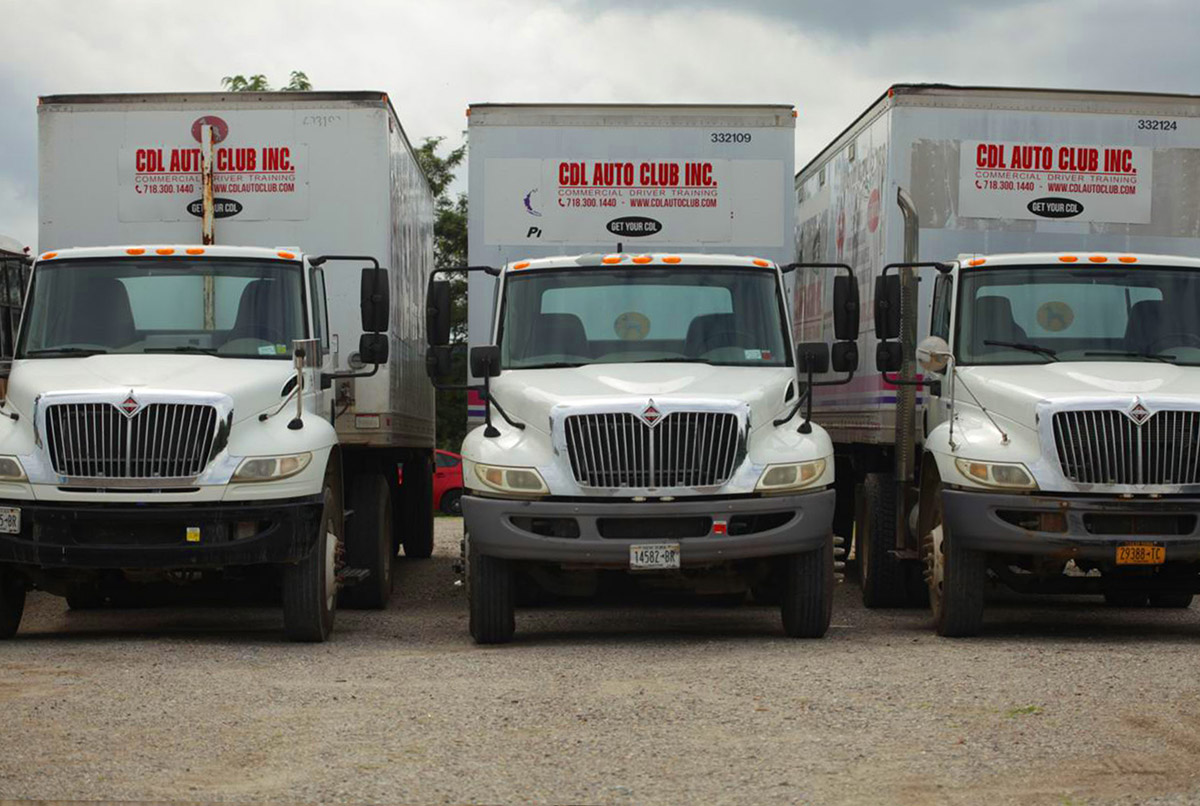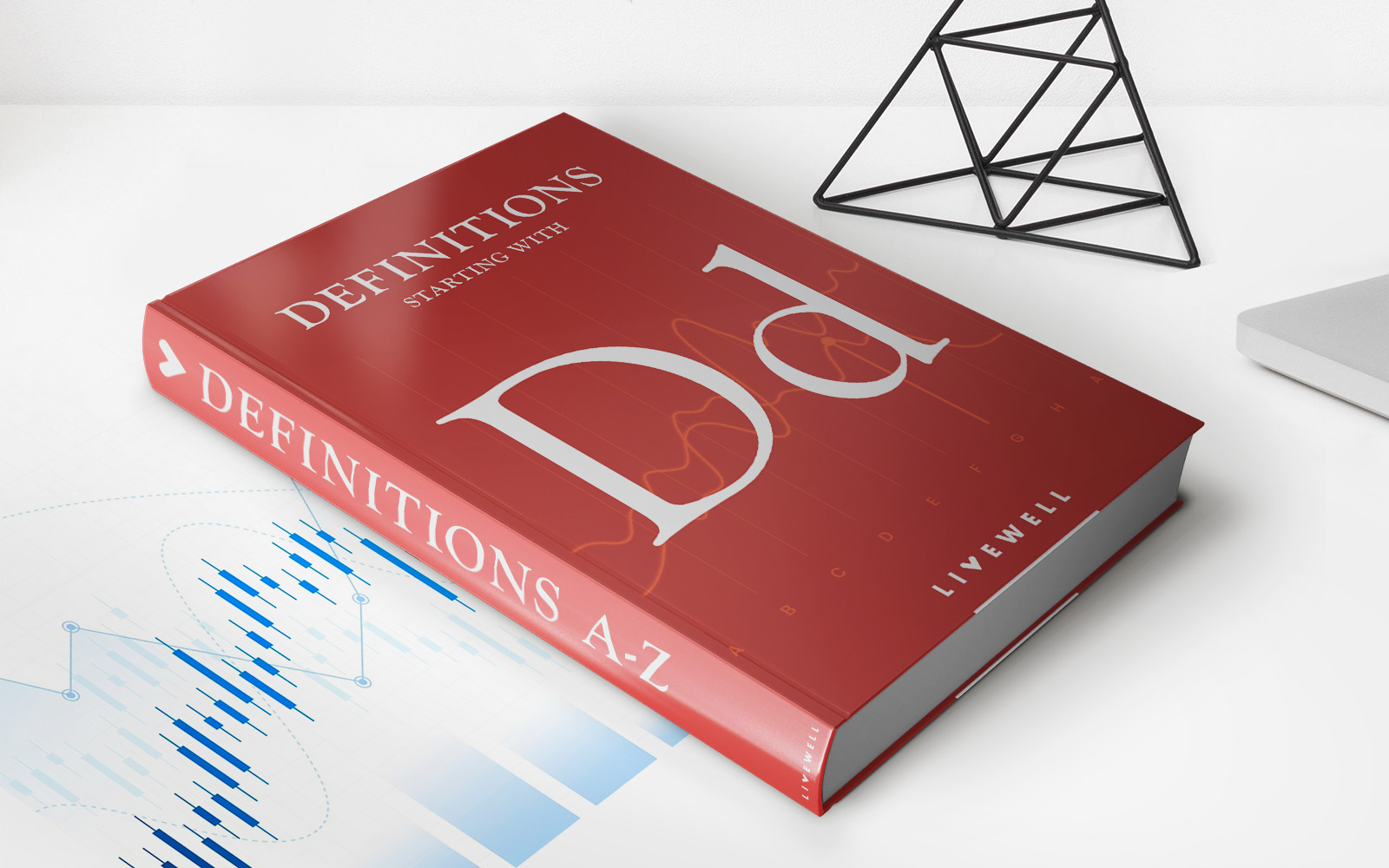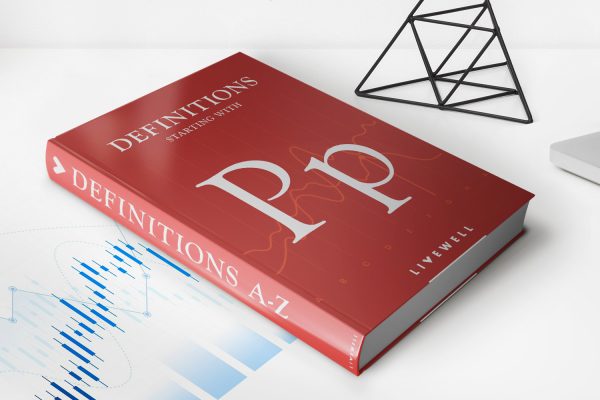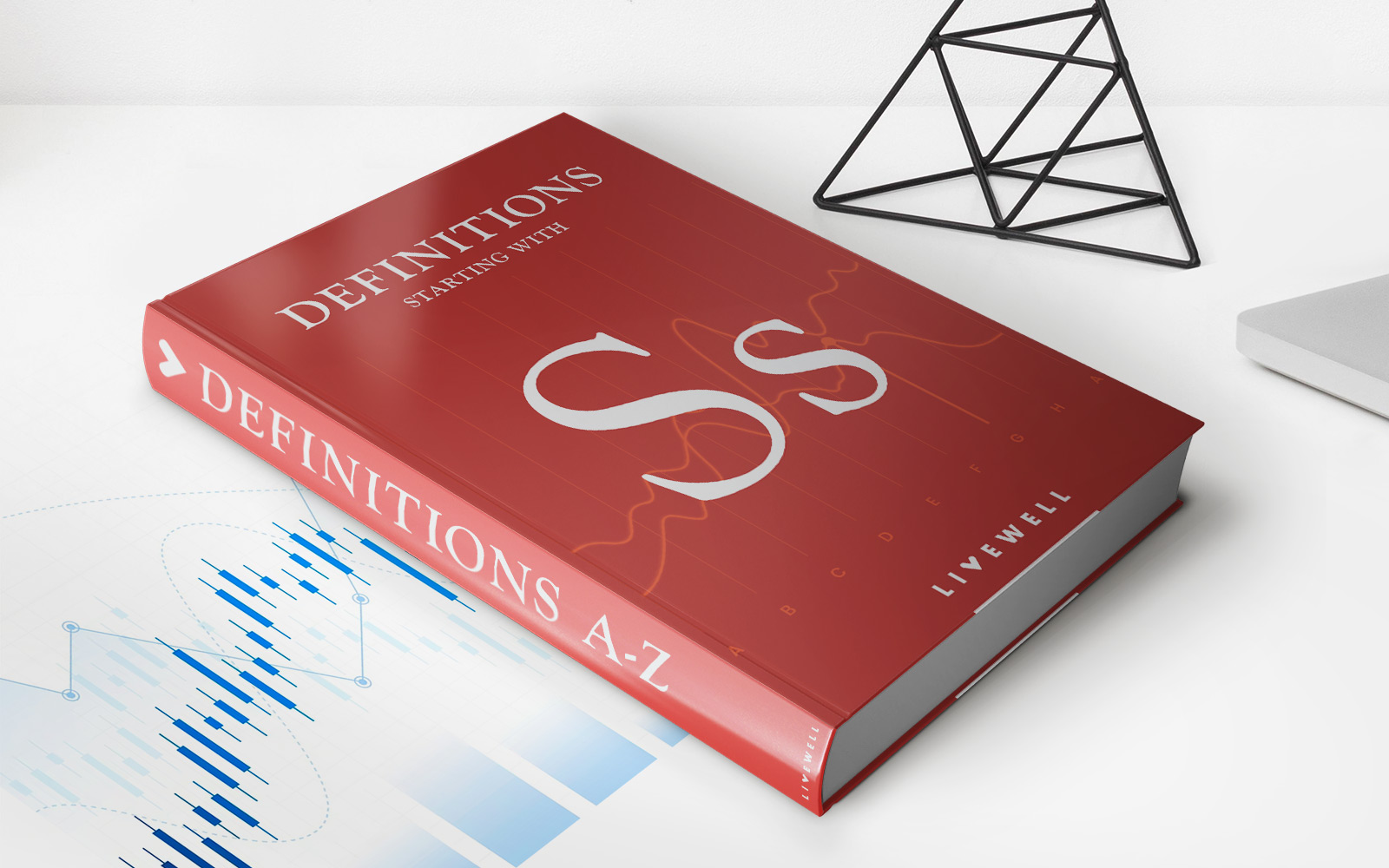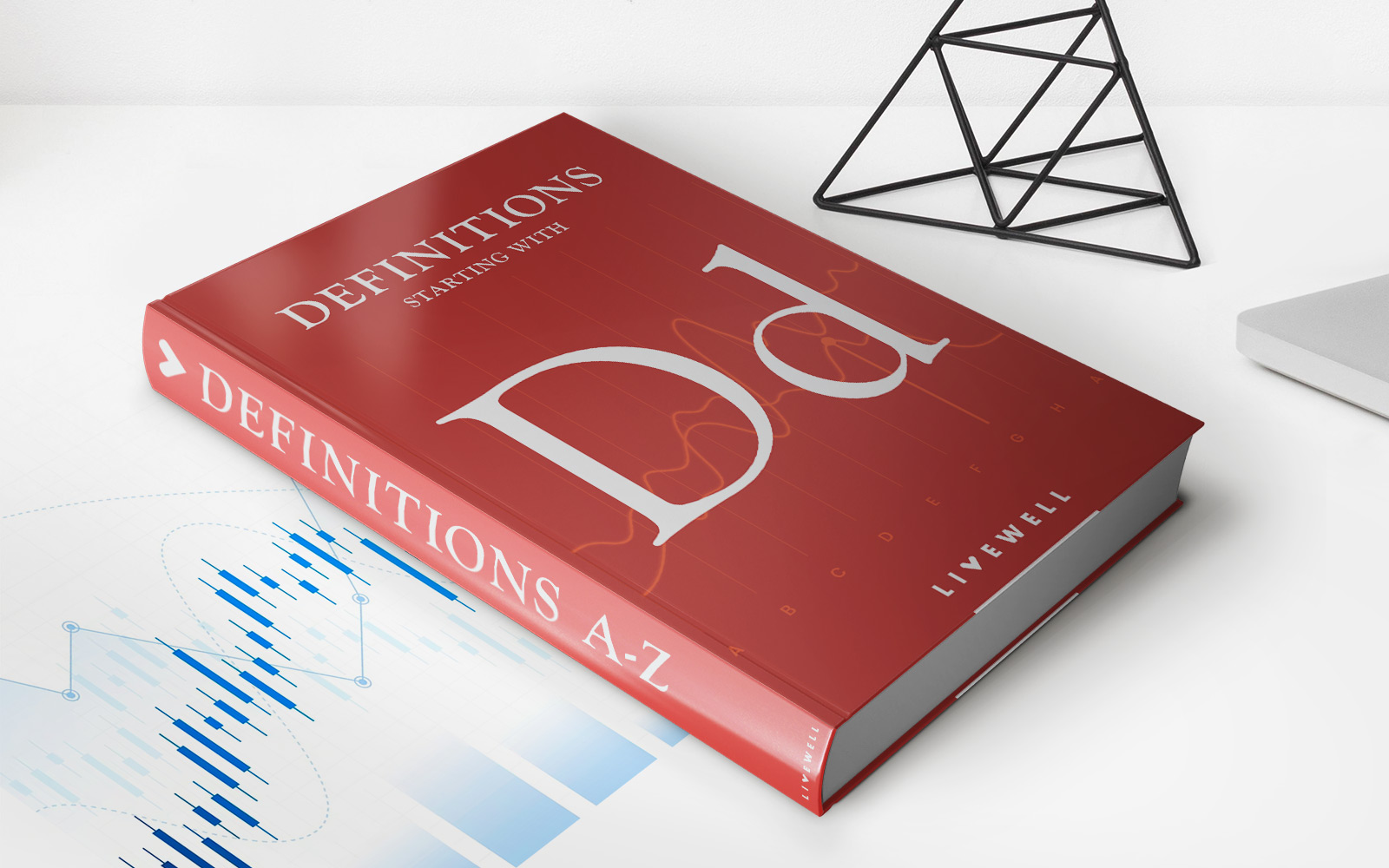

Finance
How Much Is Insurance For A New CDL Driver
Published: November 23, 2023
Looking to finance insurance for a new CDL driver? Find out how much it will cost and get the best rates for financial security and peace of mind.
(Many of the links in this article redirect to a specific reviewed product. Your purchase of these products through affiliate links helps to generate commission for LiveWell, at no extra cost. Learn more)
Table of Contents
Introduction
Starting a career as a commercial truck driver is an exciting and lucrative opportunity, but it also comes with its fair share of responsibilities, including obtaining adequate insurance coverage. Insurance is a crucial aspect of being a professional driver, as it helps protect you, your vehicle, cargo, and others on the road in the event of an accident or unexpected incident.
When it comes to insurance for new commercial driver’s license (CDL) holders, there are several factors to consider that can impact the cost of coverage. Understanding these factors and the minimum insurance requirements can help you navigate the process of finding affordable insurance as a new CDL driver.
Factors Affecting Insurance Rates for New CDL Drivers
Insurance companies consider various factors when determining the rates for new CDL drivers. Some of the key factors include:
- Driving Experience: As a new CDL driver, lack of driving experience can contribute to higher insurance rates. Insurance companies typically view those with more experience as less risky.
- Type of Vehicle: The type of vehicle you drive also impacts insurance rates. Insurance for large trucks or hazardous materials carriers tends to be higher due to the increased risks associated with these vehicles.
- Driving Record: Your driving record plays a significant role in determining your insurance rates. A clean driving record with no accidents or violations will help keep your premiums lower.
- Location: Insurance rates can vary depending on where you operate your commercial vehicle. Urban areas with higher traffic congestion and accident rates may result in higher insurance costs.
- Coverage Limits: The level of coverage you choose also affects your insurance rates. Higher coverage limits come with higher premiums, so it’s essential to find the right balance between coverage and affordability.
By understanding these factors, you can be better prepared when seeking insurance coverage as a new CDL driver. It’s crucial to keep in mind that insurance rates for new drivers are typically higher initially but can decrease over time as you gain experience and establish a positive driving history.
Factors Affecting Insurance Rates for New CDL Drivers
Insurance rates for new CDL drivers are influenced by several key factors that insurance companies take into consideration. Understanding these factors will help you anticipate the potential cost of insurance and make informed decisions as you navigate your career as a commercial truck driver.
- Driving Experience: Insurance companies often consider driving experience as a crucial factor in determining insurance rates. New CDL drivers with limited experience may be perceived as higher risk due to the lack of a proven track record. As you gain more experience and demonstrate safe driving habits, you may see a decrease in insurance rates over time.
- Type of Vehicle: The type of vehicle you drive can significantly impact the cost of insurance. Insurance for larger trucks or specialty vehicles, such as those transporting hazardous materials, tends to be higher due to the increased risks associated with these vehicles. The value of the vehicle and its cargo capacity are also taken into consideration.
- Driving Record: Your driving record plays a significant role in determining insurance rates. Insurance companies assess your past driving history to assess the level of risk you pose on the road. A clean driving record with no accidents or traffic violations will generally result in lower insurance rates. On the other hand, a history of accidents or traffic citations may lead to higher premiums.
- Location: The location where you plan to operate as a CDL driver can affect insurance rates. Urban areas with higher traffic congestion and a higher likelihood of accidents may result in higher insurance costs compared to rural areas with less congestion. Similarly, areas prone to severe weather conditions or a higher crime rate may also lead to increased insurance rates.
- Coverage Limits: The amount of coverage you choose for your commercial truck plays a role in determining insurance rates. Higher coverage limits come with higher premiums, as they provide more extensive protection in the event of an accident or loss. It’s important to strike a balance between adequate coverage and affordable premiums.
It’s important to note that insurance rates for new CDL drivers are typically higher initially. However, as you gain driving experience and establish a positive track record, you may become eligible for lower rates. Additionally, participating in defensive driving courses or other educational programs aimed at enhancing your driving skills may also lead to discounts on your insurance premiums.
By understanding the factors that insurance companies consider when determining rates for new CDL drivers, you can be better prepared when shopping for insurance coverage. Comparing quotes from multiple insurers and maintaining a clean driving record can help you find affordable rates that meet your needs without compromising on necessary coverage.
Minimum Insurance Requirements for CDL Drivers
As a commercial driver’s license (CDL) holder, it’s crucial to be aware of the minimum insurance requirements set forth by regulatory authorities. These requirements ensure that you have sufficient coverage to protect yourself, your cargo, and others on the road in the event of an accident or unforeseen incident.
The specific minimum insurance requirements for CDL drivers can vary depending on the type of commercial vehicle you operate and the nature of your work. However, the Federal Motor Carrier Safety Administration (FMCSA) has established general insurance requirements for most CDL drivers engaged in interstate commerce.
Under FMCSA regulations, the minimum insurance requirements for most CDL drivers include:
- Liability Insurance: Liability insurance covers any damages or injuries caused to others in an accident where you are at fault. The minimum coverage amounts are $750,000 for general freight and $5 million for hazardous materials.
- Cargo Insurance: If you transport cargo as part of your commercial driving activities, you are also required to carry cargo insurance. The minimum coverage amount for cargo insurance will vary depending on the type of cargo you transport and its value.
- Bobtail Insurance: This type of insurance provides coverage for your commercial vehicle when it is being driven without a trailer (i.e., “bobtailing”). The minimum coverage for bobtail insurance may vary depending on your state requirements and the policies set by the company you work for.
It’s important to note that these are the minimum insurance requirements, and it’s often advisable to carry higher coverage limits to ensure comprehensive protection. Additionally, some states may have higher minimum insurance requirements than those set by the FMCSA, so it’s crucial to check the specific regulations in your jurisdiction.
Meeting the minimum insurance requirements is not only a legal obligation but also a prudent financial decision. Accidents can result in significant financial liabilities, including medical expenses, property damage, and legal costs. Adequate insurance coverage helps safeguard your assets and ensures that you can fulfill your financial obligations in the event of an accident.
Working with a knowledgeable insurance agent who specializes in commercial trucking insurance can help you navigate the complex requirements and find the right coverage to meet your needs. Remember to review your insurance policy regularly to ensure it remains up-to-date and adequate for your current situation.
Cost of Insurance for New CDL Drivers
The cost of insurance for new commercial driver’s license (CDL) drivers can vary depending on several factors. It’s important to understand these factors as they can significantly impact the amount you pay for insurance coverage.
New CDL drivers often face higher insurance premiums compared to experienced drivers. Insurance companies consider the following factors when determining the cost of coverage:
- Driving Experience: As a new CDL driver, your lack of driving experience is a key factor in determining insurance rates. Insurance companies typically view drivers with more experience as less risky and therefore offer lower premiums. However, over time, as you gain experience and demonstrate a safe driving history, your insurance rates are likely to decrease.
- Type of Vehicle: The type of vehicle you drive also affects insurance costs. Insurance for larger trucks or specialty vehicles, such as those transporting hazardous materials, tends to be higher due to the increased risks associated with these vehicles.
- Driving Record: Your driving record plays a significant role in determining insurance rates. A clean driving record with no accidents or violations will generally result in lower premiums. On the other hand, a history of accidents or traffic citations may lead to higher insurance costs.
- Location: The area where you operate as a CDL driver can impact insurance rates. Insurance companies consider factors such as traffic congestion, accident rates, and crime rates in the location when determining premiums.
- Insurance Coverage Levels: The level of coverage you choose also affects the cost of insurance. Higher coverage limits come with higher premiums. It’s important to strike a balance between having adequate coverage and affordable premiums.
While new CDL drivers may face higher insurance costs initially, there are ways to manage and potentially reduce these costs:
- Shop Around: It’s essential to compare insurance quotes from multiple providers to find the best rates and coverage for your needs. Insurance premiums can vary significantly between companies, so taking the time to research and compare can save you money.
- Improve Your Driving Skills: Participating in defensive driving courses or other educational programs can help improve your driving skills and demonstrate your commitment to safe driving. Some insurance providers offer discounts for completing these courses.
- Maintain a Clean Driving Record: Avoid accidents and traffic violations to maintain a clean driving record. A history of safe driving can help reduce insurance premiums over time.
- Consider Higher Deductibles: Choosing a higher insurance deductible can lower your premiums. However, it’s important to weigh the potential savings against your ability to pay the deductible in the event of a claim.
Lastly, keep in mind that insurance rates for new CDL drivers can decrease as you gain experience and establish a positive driving record. Gradually, you may become eligible for lower rates and more favorable premiums.
By understanding the factors that influence insurance costs for new CDL drivers and adopting cost-saving strategies, you can find insurance coverage that offers the necessary protection at an affordable price.
Tips for Finding Affordable Insurance for New CDL Drivers
Securing affordable insurance coverage as a new commercial driver’s license (CDL) holder is essential for optimizing your financial stability and protecting yourself on the road. To help you find the most cost-effective insurance options, consider the following tips:
- Shop Around: Obtain quotes from multiple insurance providers to compare rates and coverage options. Each company has its own risk assessment criteria and pricing structure, so exploring different options can help you find the most affordable coverage.
- Consider Insurance Premiums in Your Career Decision: Before choosing a specific type of commercial driving career or vocation, research the potential insurance costs associated with it. Some industries or specialties may have higher insurance rates due to increased risks, such as hauling hazardous materials or operating heavy machinery.
- Improve Your Driving Skills: Consider enrolling in defensive driving courses or other educational programs that focus on enhancing your driving skills. Not only will this make you a safer driver, but it may also lead to discounts on your insurance premiums.
- Maintain a Clean Driving Record: Avoid traffic violations and accidents to maintain a clean driving record. Insurance providers often reward drivers with good records by offering lower premiums.
- Use Telematics: Some insurance companies offer telematics devices that monitor your driving habits, such as speed, braking, and mileage. If you can demonstrate safe driving behavior, you may qualify for lower premiums through this usage-based insurance model.
- Consider Higher Deductibles: Choosing a higher insurance deductible can help you lower your premium. However, make sure you can afford to pay the deductible if you need to file a claim.
- Bundle Your Policies: If you have other insurance needs, such as homeowner’s or renter’s insurance, consider bundling them with your commercial vehicle insurance. Many insurance providers offer discounts for consolidating policies.
- Join Professional Associations: Some professional associations or trade organizations offer group insurance programs or discounts to their members. Consider joining relevant groups in your industry to take advantage of these benefits.
- Work with an Insurance Specialist: Collaborate with an insurance agent or broker who specializes in commercial trucking insurance. They have the expertise and industry knowledge to guide you through the process and find the best coverage at the most affordable rates.
- Regularly Review Your Policy: Conduct regular check-ups of your insurance policy to ensure it still aligns with your needs. As you gain driving experience and your circumstances change, you may qualify for additional discounts or needed adjustments to your coverage.
Remember, finding affordable insurance as a new CDL driver requires some research and understanding of the factors that impact insurance rates. By implementing these tips and staying proactive in managing your insurance coverage, you can find the most cost-effective options that provide the protection you need while on the road.
Conclusion
Insurance is a crucial aspect of being a new commercial driver’s license (CDL) holder. Understanding the factors that affect insurance rates, minimum insurance requirements, and tips for finding affordable coverage can help you navigate the insurance landscape with confidence.
Factors such as driving experience, vehicle type, driving record, location, and coverage limits all play a role in determining insurance rates for new CDL drivers. While insurance costs are typically higher for new drivers, they can decrease over time as you gain experience and establish a positive driving record.
Meeting the minimum insurance requirements for CDL drivers is not only a legal obligation but also a way to ensure comprehensive protection. It’s important to carry adequate coverage to safeguard yourself, your cargo, and others on the road.
Finding affordable insurance as a new CDL driver requires shopping around, improving your driving skills, maintaining a clean driving record, considering higher deductibles, and exploring the benefits of bundling policies. Working with an insurance specialist and regularly reviewing your policy can also help in securing the best coverage and rates.
As you embark on your career as a CDL driver, prioritize insurance as an essential investment in protecting your livelihood. By understanding the insurance landscape and implementing these strategies, you can find affordable coverage that meets your needs without compromising financial stability or peace of mind.





